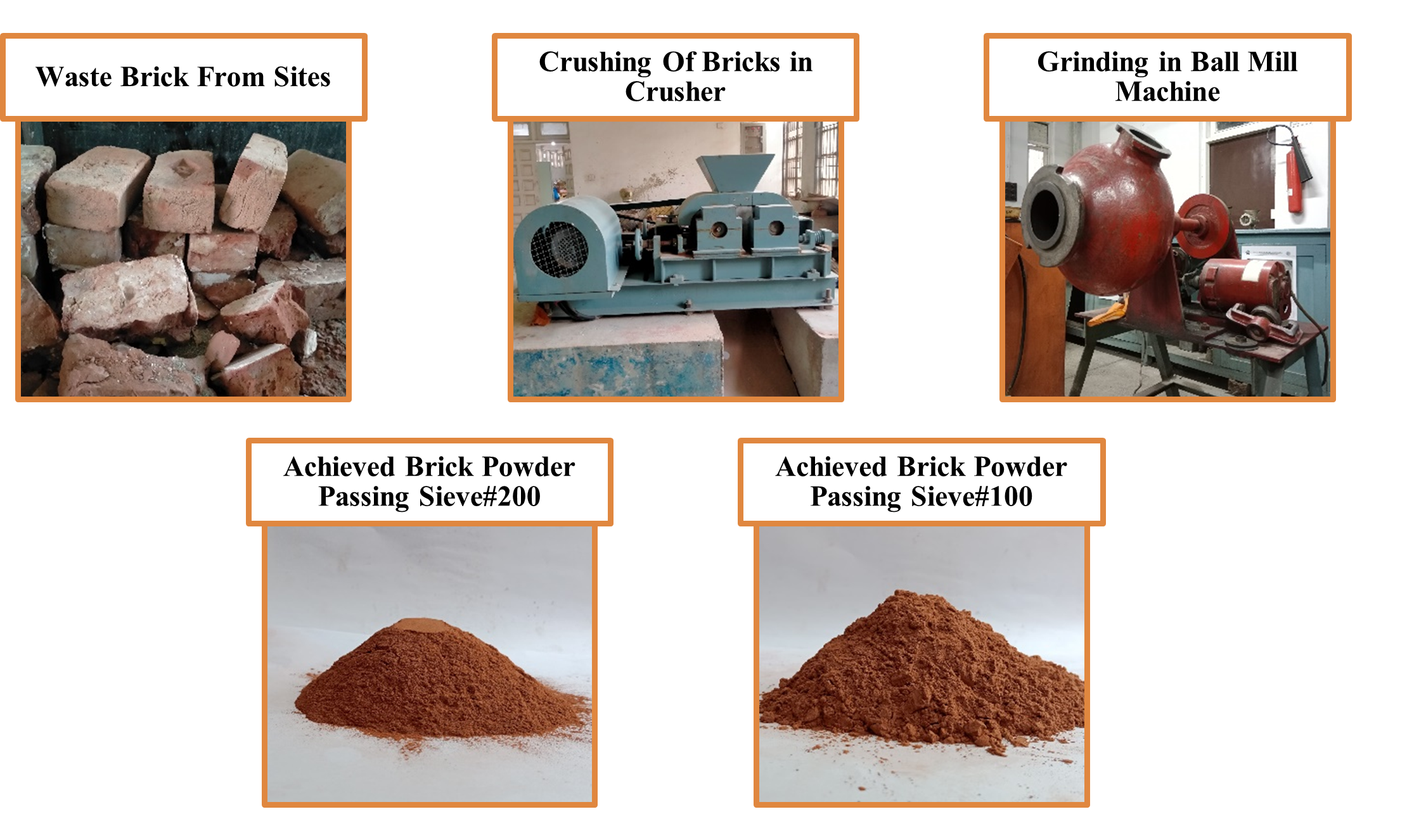ENHANCING SUSTAINABILITY IN CEMENTITIOUS COMPOSITES WITH ULTRAFINE BURNT CLAY BRICK POWDER AND RICE HUSK ASH
DOI:
https://doi.org/10.71146/kjmr551Keywords:
Brick Powder, Ultrafine Material, Rice Husk Ash, Supplementary Cementitious Materials, Pozzolanic Activity, Construction and Demolition Waste, Compressive StrengthAbstract
The construction sector is under intense pressure to minimize its carbon footprint and reliance on nonrenewable raw materials, particularly Ordinary Portland Cement (OPC). This study looks at the possibilities of ultrafine clay brick powder (CBP) and rice husk ash (RHA) as sustainable supplemental cementitious materials (SCMs). CBP, produced from building and demolition waste, and RHA, an agro-industrial byproduct, were tested in mortar composites with varied fineness and replacement amounts to see how they affected the fresh and hardened qualities. A detailed experimental program, including setting time, workability, flow, and compressive strength tests, was performed following ASTM standards. Results revealed that CBP and RHA significantly influence the hydration process, with optimum performance observed at 5–15% replacement levels depending on particle size. Particularly, finer CBP (#200) showed improved pozzolanic activity, while RHA enhanced early-age strength and matrix densification. The study confirms that integrating CBP and RHA can reduce cement consumption and CO₂ emissions, promoting circular economy principles in construction. This research enhances the expanding corpus of information about sustainability cementitious composites, offering practical insights for eco-friendly construction practices.
Downloads

Downloads
Published
Issue
Section
License
Copyright (c) 2025 Aqib Javed, Khawaja Talha Iqbal, Wasif Zubair, Jawad Ahmad, Muhammad Mubashir Ajmal (Author)

This work is licensed under a Creative Commons Attribution 4.0 International License.






